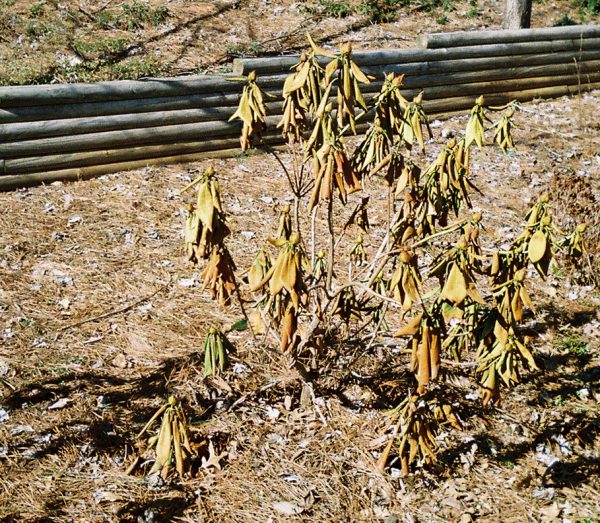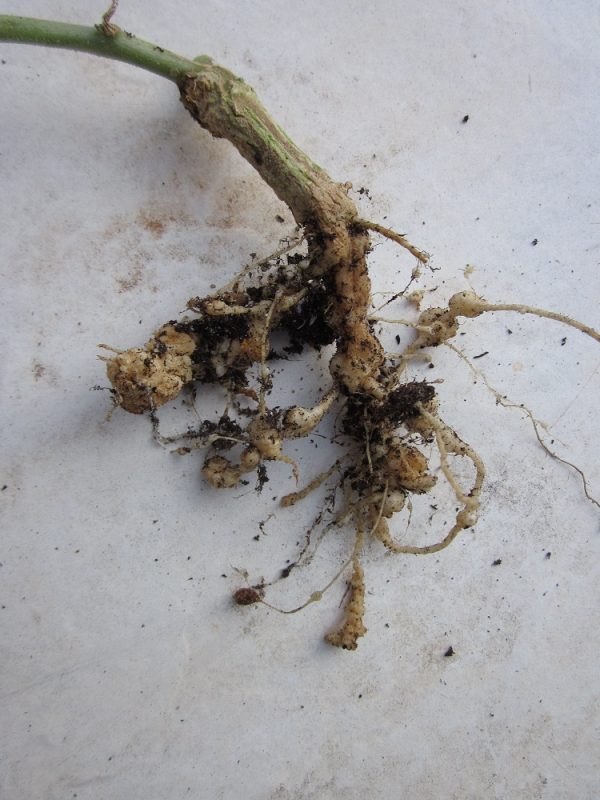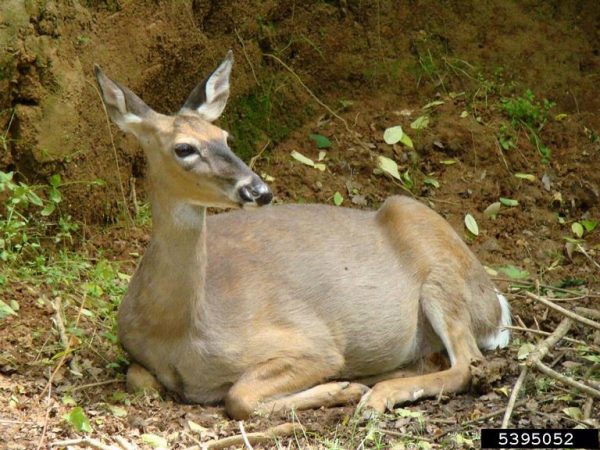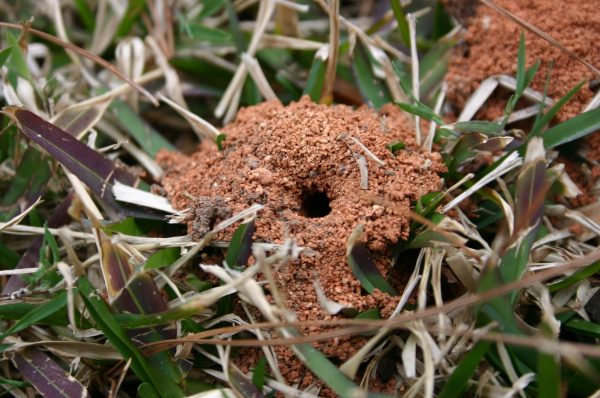‘Native’ – Misuse In Covenants
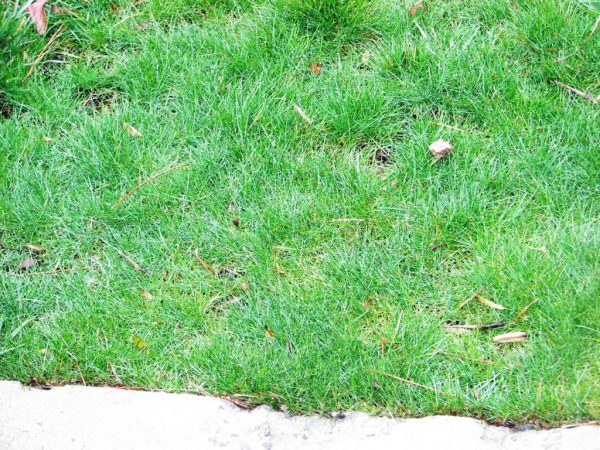
Q: This may seem like a ridiculous question, but the covenants for my subdivision require plant material “native to the southeastern U.S.”. What qualifies as “native”? The contract also refers to “natural” landscape material. Would you consider “pea gravel” a natural landscape material?
A: In my opinion, they are ridiculous covenants. “Native to the southeastern U.S.” means no one could plant fescue (Europe) , zoysiagrass (Korea), Bermudagrass (Asia) or centipedegrass (China).
Bradford pear (China) and Leyland cypress (Wales) would also be forbidden. While yaupon holly and American holly would be acceptable, ‘Burford’ holly (China) and ‘Convexa’ holly (Japan) would not.
Many of the flowers we cherish, like daffodils and iris (Europe), butterfly bush and tulips (Asia), gladiolus (Africa) and zinnia (South America) are not “native” plants.
As far as “natural landscape material” goes, rock (or pea gravel) is as close to “nature” as it gets. Rock makes soil. Plants grow in soil. What could be more natural? Someone wasn’t thinking when they wrote the rules. I think the covenants need clarification. In my view, the words “native” and “natural” are misused about as much as “organic” and “nutritious”.



